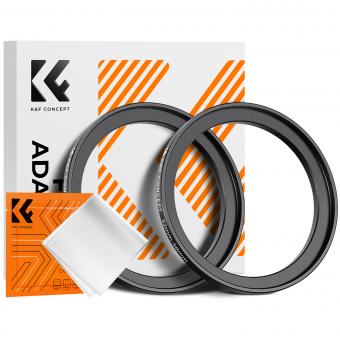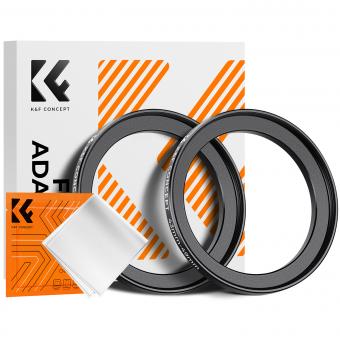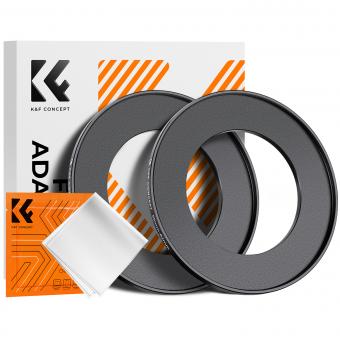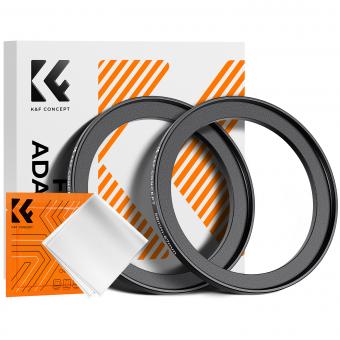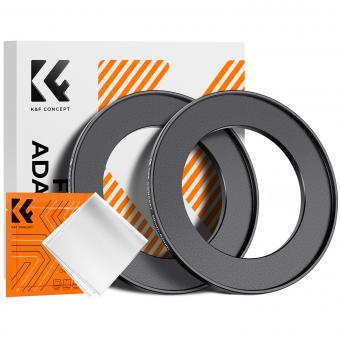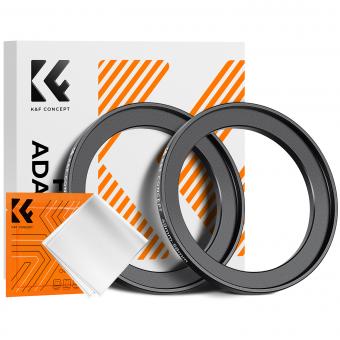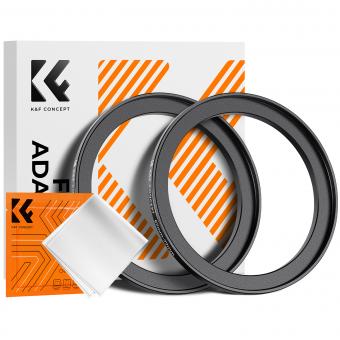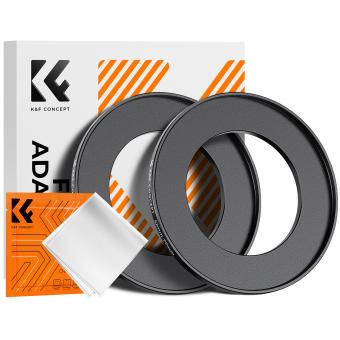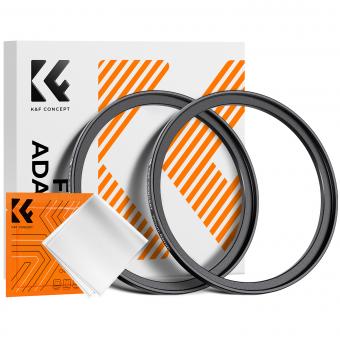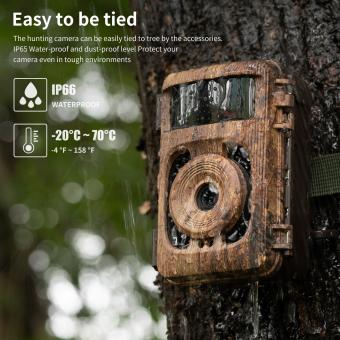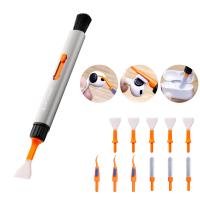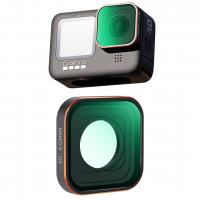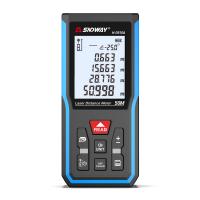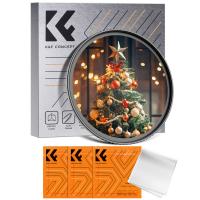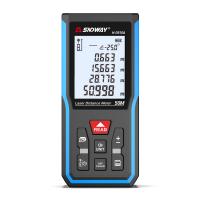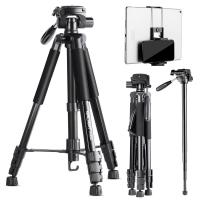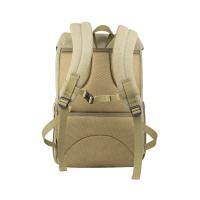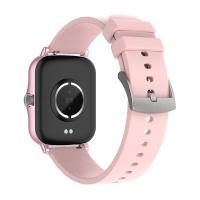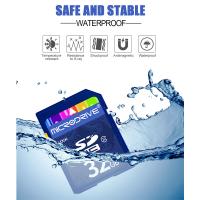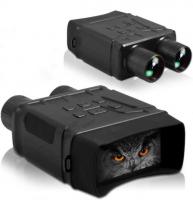What Is The Difference Between Camera Lens Sizes?
The selection of a camera lens can drastically affect the quality and type of images you produce, making it a cornerstone of photography. Understanding lens sizes, types, and their applications is essential for both amateur and professional photographers. In this article, we'll break down the differences between various camera lens sizes, helping you to make informed decisions for your photographic needs.
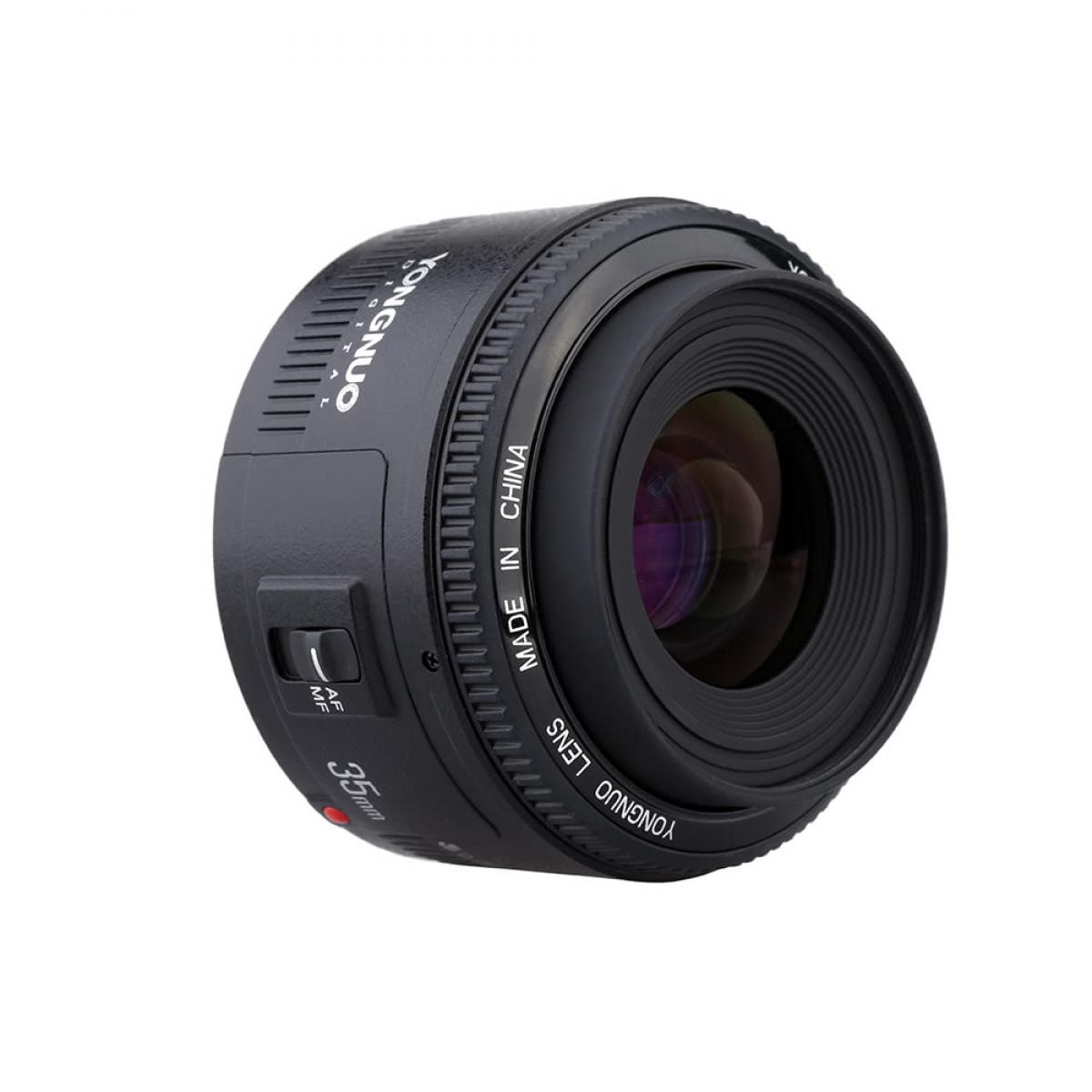
Introduction to Camera Lens Sizes
When discussing camera lens sizes, we're typically referring to the focal length. The focal length, measured in millimeters (mm), determines the field of view and the magnification of the image. Different focal lengths are suitable for different types of photography, from wide landscapes to tight portraits. Let's delve into the key categories of lens sizes and their specific uses.
Prime Lenses vs. Zoom Lenses
Before we dive into focal lengths, it's essential to differentiate between prime and zoom lenses:
- Prime Lenses: These have a fixed focal length. They are often sharper, lighter, and possess a wider aperture than zoom lenses. Typical prime lenses come in sizes like 35mm, 50mm, and 85mm.
- Zoom Lenses: These offer a range of focal lengths in one lens, such as 24-70mm or 70-200mm. They offer more flexibility but can be heavier and sometimes less sharp than prime lenses.
Now, let's explore focal lengths and how they impact photography.
Wide-Angle Lenses (8mm-35mm)
Wide-angle lenses have shorter focal lengths, resulting in broader perspective and greater depth of field. They are ideal for capturing expansive scenes and are commonly used in landscape, architecture, and interior photography.
- 8mm-15mm (Fisheye lenses): These ultrawide lenses produce a characteristic circular, distorted image. They are primarily used for creative, artistic shots.
- 16mm-24mm: These lenses offer expansive views with less distortion. Often used in landscape and architectural photography, they allow for the capture of broad vistas.
- 25mm-35mm: This range is slightly less dramatic, providing a natural look that closely mimics human vision, making them suitable for street photography and environmental portraits.
Standard Lenses (35mm-70mm)
Standard lenses have focal lengths that closely resemble the human eye’s perspective. These are versatile and often feature wider apertures.
- 35mm-50mm: These focal lengths capture a natural perspective and are great for general photography, street photography, and portraiture.
- 50mm (the nifty fifty): It is one of the most popular focal lengths due to its versatility, clarity, and often affordable price. Ideal for portraits and everyday shots, it provides a naturalistic field of view without much distortion.
- 55mm-70mm: Less commonly used, these lenses can be a bridge between standard and short telephoto, suitable for tighter portraits while maintaining a natural look.
Telephoto Lenses (70mm-300mm)
Telephoto lenses have longer focal lengths that provide magnification of distant subjects. They are widely used in wildlife, sports, and portrait photography.
- 70mm-135mm: These are considered short telephoto lenses. They are perfect for portraiture as they reduce distortion and allow the photographer to maintain a comfortable distance from the subject.
- 135mm-200mm: These lenses are excellent for sports and event photography, providing good magnification without significant weight increase.
- 200mm-300mm: This range offers significant magnification and is best suited for wildlife and sports photography. They allow photographers to capture distant subjects in great detail.
Super Telephoto Lenses (300mm+)
Super telephoto lenses are essential for professional sports and wildlife photographers who need to capture extreme distances. They are typically bulky, heavy, and expensive but provide unparalleled reach and image quality.
- 300mm-600mm: Lenses in this range are commonly used for wildlife and sports. They allow for capturing action from a considerable distance with high detail.
- 600mm and above: These lenses are highly specialized, used primarily by professional photographers for subjects like bird photography or distant wildlife. They require stabilization equipment due to their size and weight.
Macro Lenses
While focal lengths have a significant impact on the field of view, macro lenses are designed explicitly for close-up photography. They have various focal lengths but are engineered to focus at short distances and provide life-size or greater magnification.
- 50mm-60mm: These are useful for general close-ups and product photography. They are less expensive and lighter.
- 90mm-105mm: These provide a good working distance from the subject, avoiding the issue of casting shadows. Ideal for insects, flowers and detailed product photography.
- 150mm-200mm: Less commonly used but excellent for subjects that need significant distance to avoid disturbing the subject, such as timid insects.
Aperture Sizes and Their Impact
Alongside focal length, aperture size (denoted by f-numbers like f/1.8, f/2.8) is crucial. Larger apertures (smaller f-numbers) allow more light into the camera, which is invaluable in low-light settings and creates a shallow depth of field that isolates the subject from the background.
- Wide Aperture (f/1.2-f/2.8): Excellent for low-light conditions and creating bokeh (out-of-focus background).
- Moderate Aperture (f/3.2-f/5.6): Balanced for general photography, offering reasonable depth of field and sharpness.
- Narrow Aperture (f/8 and higher): Ideal for landscape photography where everything from foreground to background needs to be in sharp focus.
Choosing the Right Lens
Selecting the right lens size depends on your photography style and subject matter:
- Landscape Photography: Opt for wide-angle lenses (16mm-35mm) to capture expansive scenes.
- Portrait Photography: Use standard or short telephoto lenses (50mm-135mm) for flattering perspectives.
- Wildlife/Sports Photography: Telephoto and super telephoto lenses (135mm and above) are essential for capturing distant subjects.
- Macro Photography: Choose macro lenses depending on the subjects and required working distance.
Conclusion: Understanding and Selecting Lenses
In conclusion, understanding the differences between camera lens sizes and types is fundamental for achieving your desired photographic outcomes. Whether you're capturing the grandiosity of a landscape, the intricate details of a flower, or the distant action of a football game, selecting the proper lens will profoundly impact your work. By grasping the functional nuances of focal lengths and apertures, you can make informed decisions, enhance your photographic versatility, and certainly, take your photography to new heights.

